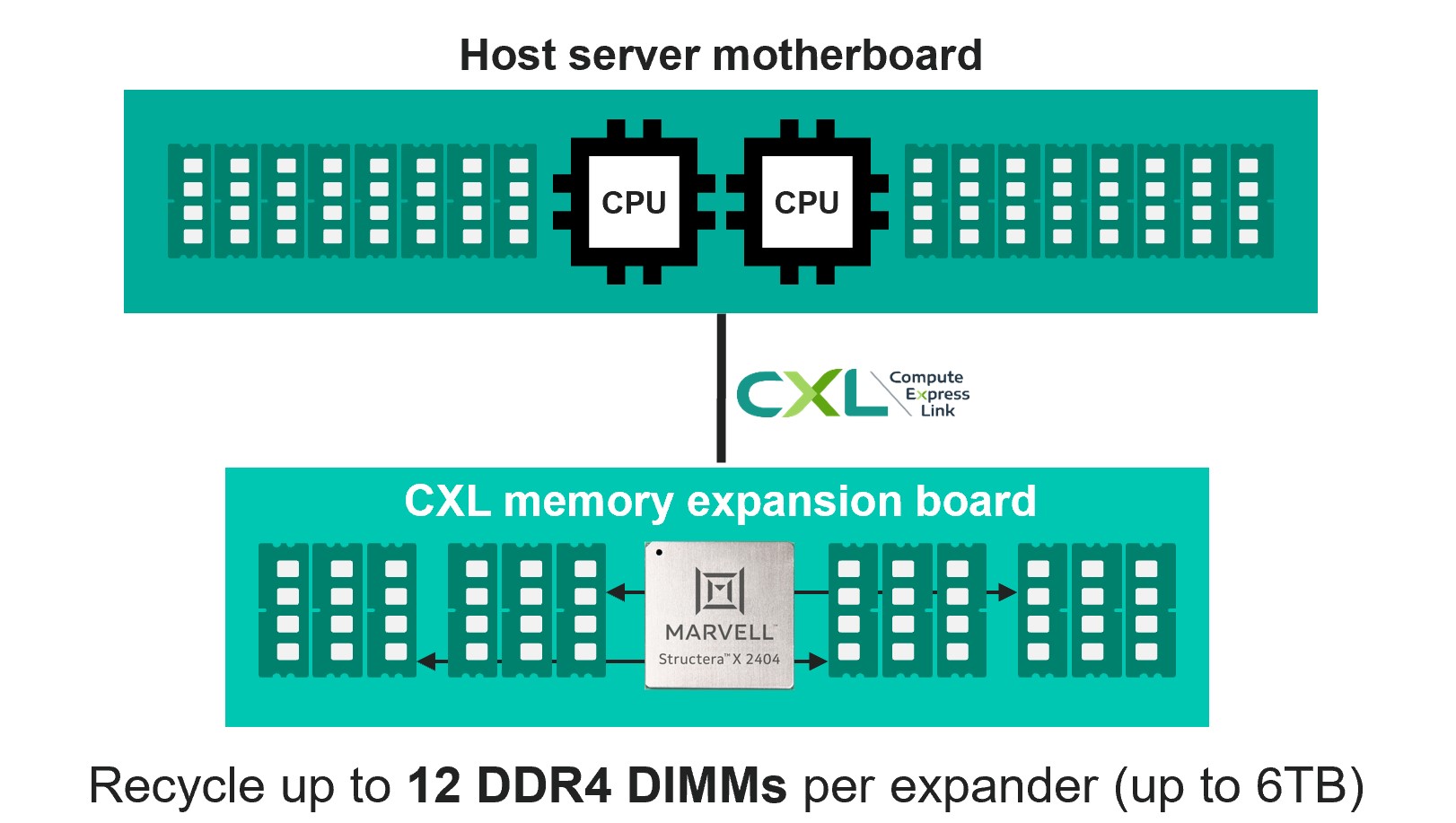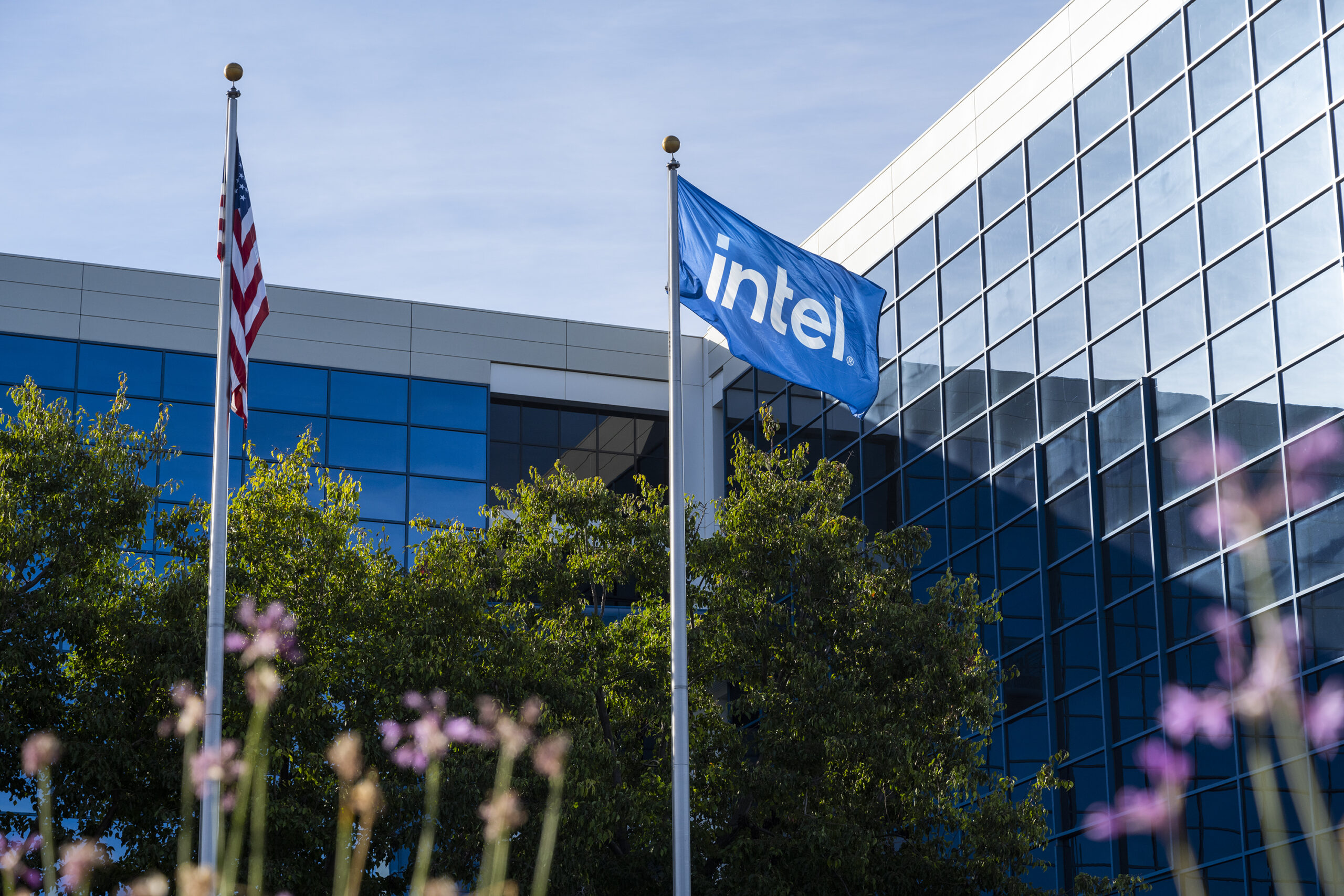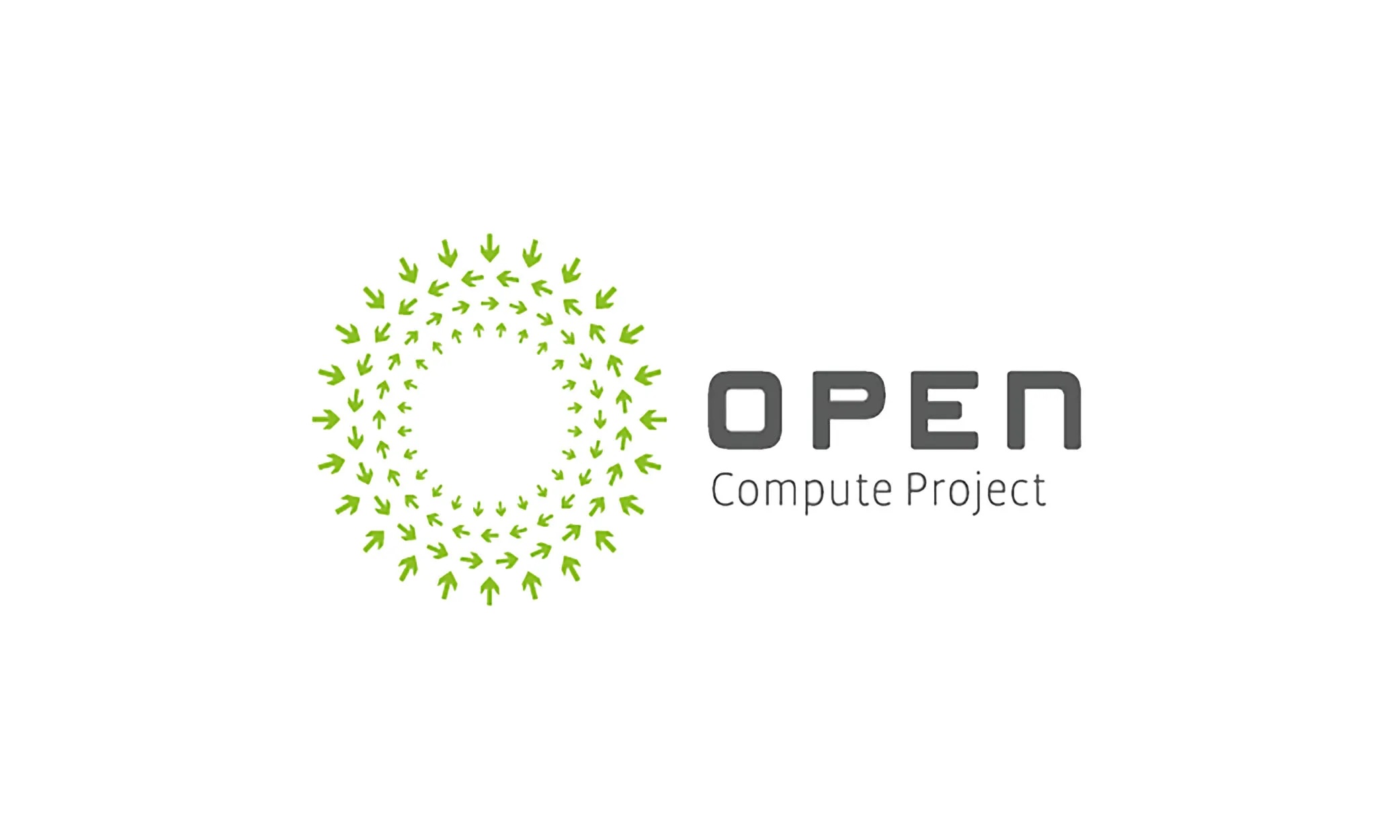Intel announced solid Q1 earnings, with revenue meeting expectations and EPS exceeding guidance. The company’s results reflect a disciplined approach to cost reduction and steady progress toward long-term goals.
While the year’s first half was slightly weaker than expected, this aligns with industry trends and supply constraints. Intel said that it expects sequential revenue growth to strengthen throughout the year and into 2025, supported by several factors:
- Enterprise Refresh Cycle and AI PCs: There has been a revival in enterprise technology, coupled with the growing momentum for AI-powered personal computers.
- Data Center Recovery: There will be a return to more typical CPU purchasing patterns and a ramp-up of Intel’s accelerator products.
- Cyclical Recoveries in NEX, Mobileye, and Altera: These units showed stability and recovery, contributing to the overall growth outlook.
Intel’s financial performance during the quarter was solid, with critical metrics pointing towards a positive trajectory:
- Revenue: Intel reported $12.7 billion in revenue, a 9% increase year over year and slightly above the midpoint of the company’s guidance. This revenue growth was driven by strong performance from Intel Products, which grew by 17% year over year despite facing headwinds from inventory impacts in other segments such as Mobileye and Altera.
- Gross Margin: The gross margin for the quarter was 45.1%, exceeding guidance by 60 basis points.
- Earnings Per Share (EPS): Intel reported an EPS of $0.18, beating guidance by $0.05, reflecting strong revenue growth, cost discipline, and good reserve inventory sell-through.
- Operating Cash Flow and Free Cash Flow: Intel’s operating cash flow for the quarter was negative $1.2 billion, with net CapEx of $5 billion. This resulted in an adjusted free cash flow of negative $6.2 billion. While these numbers were negative, Intel expects this quarter to be the low point for free cash flow due to seasonal factors, including the timing of bonus payments, with improved cash flow in the second half due to capital offsets.
- Segment Performance: Intel Products revenue was $11.9 billion, a 17% year-over-year increase, driven by growth in the client business (more than 30% year-over-year growth) and the data center and AI business (5% year-over-year growth). Network and Edge (NEX) revenue declined by 8% year-over-year, mainly due to a decline in the 5G market, partially offset by growth in other segments. Intel Foundry revenue was $4.4 billion, a 10% year-over-year decline due to lower back-end services, sample revenue, and lower IMS tool sales.
Despite some headwinds, Intel appears focused on its transformation strategy and expects sequential revenue growth to strengthen throughout the year and into 2025, supported by several factors, including enterprise refresh cycles, data center recovery, and cyclical recoveries in other business segments.
Analysis
Its latest earnings show Intel is navigating through a critical transformation phase with a mix of encouraging results and ongoing challenges. The tech giant reported revenue of $12.7 billion, up 9% year-over-year, slightly exceeding the midpoint of its guidance, suggesting that its product segments are performing as expected despite headwinds.
Intel’s product segments show mixed performance. The Intel Products segment saw 17% year-over-year growth, with the client and data center/AI businesses leading the way. However, its Network and Edge (NEX) segment faced an 8% year-over-year decline, mainly due to a struggling 5G market, though offset by growth in other areas. The Intel Foundry segment, critical for Intel’s future strategy, experienced a 10% year-over-year decline due to reduced back-end services and lower IMS tool sales.
Intel is focused on driving sequential revenue growth and operating margins. It also expects its transition to new process nodes to drive profitability. The company’s aggressive approach toward technological innovation, like the goal of five nodes in four years, reflects its commitment to regaining market leadership.





